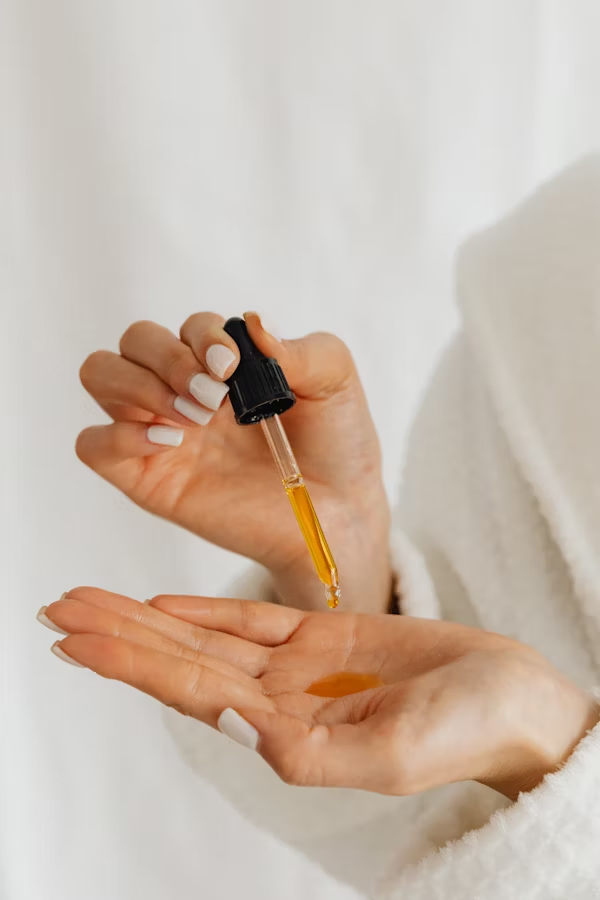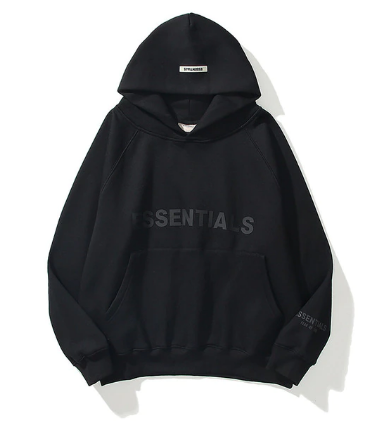In the constantly changing world of skincare, there are few beauty concepts that have had such a gigantic impact as the Korean and Japanese skin care routine. Both the Japanese skin care routine and the Korean skin care routine are built around gentle care, hydration, and healthy long-term skin and have ageless techniques for achieving radiant, glowing skin. Whether you’re new to skin care or just in need of a boost in taking your skin care routine to the next level, learning the best kept secrets from these two skin care power cultures can help you create a manual to better skin.

Learning the Philosophy Behind Japanese and Korean Skincare Routine
Prior to jumping into advice, it is helpful to understand what sets the Japanese and Korean skincare routines apart. While they focus on hydration, prevention, and layering, their approaches are shaped by their cultural beliefs.
Japanese skin care is best known to be synonymous with tradition and simplicity. Japanese skin care is all about simplicity of treatment with natural, high-quality products. The Japanese skincare routine is more about prevention than correction. It involves components such as rice bran, green tea, and hyaluronic acid to keep the skin looking young.
Conversely, Korean skincare regimen is experimental and layering. It involves 7 to 10 average steps which involve cleansing, exfoliating, hydrating, feeding, and moisturizing. Korean skin care routine is highly known to incorporate new, cutting-edge technological advancements, trend-setting ingredients such as snail mucin and centella asiatica, and attention to getting the “glass skin” look—that is, transparency, radiance, and porelessness.
Both regimens fit individual needs but have the same end goal: healthy, glowing skin.
Tip #1: Double Cleanse Like a Pro
Double cleansing is one of the key practices in both routines. Double cleansing is a two-step process of cleansing that is essential in removing dirt, oil, makeup, and sunscreen effectively.
Begin with an oil cleanser such as the Heimish All Clean Balm (Korean) or DHC Deep Cleansing Oil (Japanese), which dissolve impurities without drying the skin.
Follow this with a mild foam cleanser such as Hada Labo Gokujyun Hyaluronic Acid Cleanser, which is popular in Japanese skincare due to its pH and retaining moisture.
This is a step that cannot be omitted in either the Korean or Japanese skin care routine because it conditions your skin without depleting its barrier.
Tip #2: Layer Light Hydration
Both routines put a strong focus on layering light hydration instead of applying one heavy moisturizer.
Use a water-toning hydrator like Kikumasamune Sake Skin Lotion (Japanese) or Some By Mi Miracle Toner (Korean). These prepare the skin and give the first layer of hydration.
Next, use an essence like the COSRX Advanced Snail 96 Mucin Power Essence (Korean) or the Hada Labo Premium Hydrating Lotion (Japanese). These liquid-like products give deep hydration and silky skin texture.
This tiered system of hydration is the secret behind the “plump” finish that characterizes Japan skins and the K-beauty dewy face cream.
Tip #3: Don’t Skip Serums and Ampoules
Serums and ampoules are rich, highly active formulas that address particular skin issues like dullness, breakouts, or signs of aging.
When using the Korean skin care regimen, include the Beauty of Joseon Glow Serum for brighter skin or Innisfree Green Tea Seed Serum for moisture.
Shiseido Ultimune Power Infusing Concentrate or Hada Labo Anti-Aging Super Hyaluronic Acid Serum are great starting points in the Japanese skincare industry.
Daily use of these products can transform your skin in the long run.
Tip #4: Lock in Moisture
The moisture has to be locked in by a good moisturizer. This fortifies the skin barrier and keeps water from evaporating.
Korean alternative: Etude House SoonJung 2x Barrier Intensive Cream has no scent and may be used for sensitive skin.
No matter if you’re a fan of Japanese skin products or Korean ones, finish off your evening routine with a moisturizing cream.
Tip #5: Sunscreen Is Your Best Friend
If there’s one thing the two routines are in consensus on, it’s this: never, ever skip the sunscreen. UV rays are one of the leading causes of premature aging, pigmentation, and skin cancer.
Korean sunscreen to use: Beauty of Joseon Relief Sun: Rice + Probiotics SPF50+, which has a thin texture and no white cast.
Japanese bestseller: Biore UV Aqua Rich Watery Essence SPF50+, which is famed for its watery gel texture.
Daily application of SPF ranks as one of the top habits in any Japanese or Korean skincare routine.
Tip #6: Know Your Skin Type and Be Consistent
Korean skincare and Japanese skincare both stress how vital it is to know your skin type. Oily skin, dry skin, combination skin, or sensitive skin: what is yours? Whatever you put on your skin has to be correspondingly.
Consistency is key too. While you won’t notice a huge difference, daily upkeep with the proper products results in long-term payoff. Don’t jump into a 10-step routine immediately—begin with fewer steps and build up to a routine that suits you.
Tip #7: Seek Soothing, High-Quality Ingredients
Why Japanese beauty products and Korean skincare stand out is because they focus on gentle but high-quality ingredients. Seek out products that are:
Alcohol-free and fragrance-free if you have sensitive skin
Loaded with ingredients such as green tea, rice extract, hyaluronic acid, and centella asiatica
Approved by dermatologists or adored by skincare enthusiasts globally
Tip #8: Select Products from Reputable Brands
Where ever you are purchasing Japanese skin care products from in India or Korean products from online, ensure you’re purchasing from authentic stores. Choose popular Japanese skin care brands such as:
Hada Labo
Shiseido
Curel
SK-II
And popular Korean brands such as:
COSRX
Innisfree
Beauty of Joseon
Etude House
They are of good quality and beginner-friendly.
Last Word
Whether you’re attracted to the fragility of the Japanese skin care regimen or the sophisticated layers of the Korean skin care regimen, one thing’s for sure: both regimens encourage long-term skin health and beauty. By using gentle, hydrating products and sticking with your skincare regimen, you’re investing in a glowing complexion.

With higher demand, the majority of the best Japanese skin care products are now globally available, including in Japan skin care products in India, and it has never been easier to experience the Japan skins magic.
So begin small, be consistent, and allow the age-old knowledge of Japanese and Korean skincare to be your path to radiant complexion.



